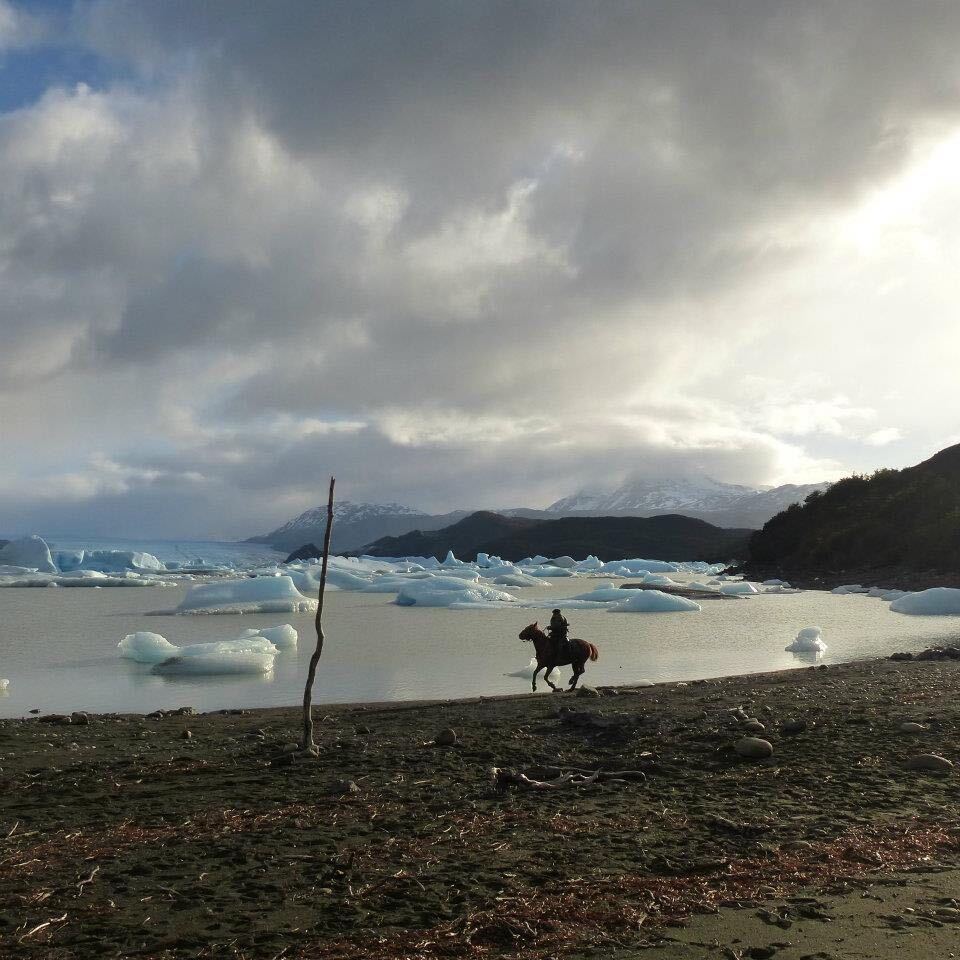Our Favorite Places on Earth: South Patagonia, Chile

'Shannon Davis'
I’ve been to all 50 states and 17 countries, with most of that travel being on assignment for BACKPACKER. That’s luck. And I’m likewise lucky to have a lot of favorite places. Wyoming’s Wind River Range, Mt. Rainier, Hawaii’s Big Island, New Zealand’s south island, the Annapurna range, the Swiss alps, and this one spot in north central Arizona, on Ash Creek under a few ginormous cottonwoods, at the Orme Ranch where I went to summer camp as a kid. But when I think of celebrating our planet on Earth Day, I think of the one spot I’ve been where I experienced more of earth’s extremes in one place than any other: Chile’s Southern Patagonia.
Eight years ago, I stepped out of a van in Puerto Natales and onto an old fishing boat with a rusty hull, noisy engine, and a small sleeping quarters, so small in fact that I rigged a tent each night and slept on the deck. We chugged to Fjord De Los Montanas, and each morning I woke to the rawest beauty. Clouds would lift momentarily to reveal glaciers meeting the sea or dense stands of gnarled cypress. We’d kayak deep into inlets, ramming floating ice to thrutch our boats across to pockets of open water. Fresh sea urchin was on the menu. Once, after an epic storm, the sun broke in a big way, creating a half dozen circumhorizontal arc rainbows and a supernumerary rainbow reflected in the water.
The next legs of our journey were equally stunning. I visited a sparesly-traveled high desert region called Sierra Bagueles, named after a type of wild horse that roams there. After some searching, we found them, in fresh snow with the famous Torres Del Paine spires on the horizon behind them. Then we hopped a boat in Porto Toro to go to a private estancia in the shadow of the Cuernos Del Paine. Here we hiked a day to Lago Geikie and camped in canvas tents next to the glaicial lake with the landowner, an old gaucho. He told stories of his land, of the self reliance and wild, positive spirit it takes to live there. He embodied something I’ve long thought, that the land makes us who we are.
Celebrating the land on Earth Day is to celebrate ourselves, too, for how we adapt and what we do to honor it.